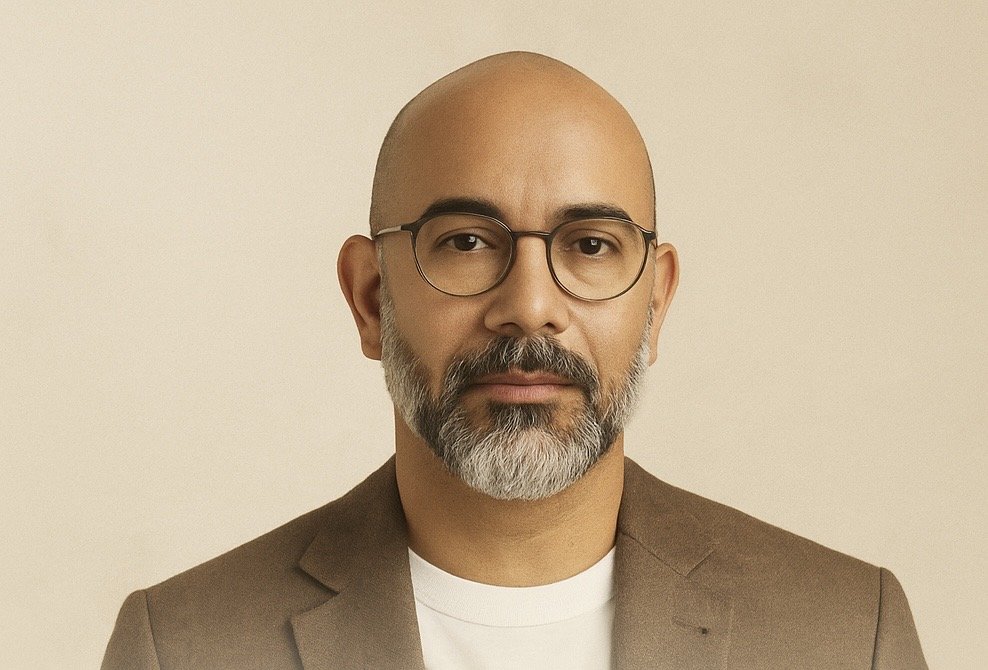Your Trauma Isn’t Your Truth — But It Left You Clues
- Dr. Wil Rodriguez

- Jun 21
- 3 min read
Learning how to separate identity from history is the beginning of true liberation.
By Dr. Wil Rodríguez

We all carry stories. Some of them are wounds disguised as truths.
But what if the pain you’ve endured isn’t meant to define you—only to inform you?
You are not what happened to you.
You are what you choose to do with it.
Let’s explore the difference between wearing trauma as identity and decoding it as a message.
Let’s turn pain into perspective—and memory into meaning.
The Myth of Identity Through Pain
Too often, trauma becomes our compass.
We say: “I am this way because they left.”
“I don’t trust because I was betrayed.”
“I can’t love fully because I was never shown how.”
These aren’t truths.
They’re echoes.
And echoes fade… if you stop shouting into the past.
Many people confuse emotional trauma with personal truth. But truth is not reactive. It’s not the scar—it’s who you become despite it.
Marcela’s Mirror
Marcela, 36, had been told all her life that she was “too much.” Too sensitive. Too emotional. Too intense.
By 15, she stopped laughing loudly. By 20, she stopped crying. By 30, she stopped speaking up altogether.
In therapy, she repeated:
“I am broken. That’s just who I am.”
But one afternoon, her therapist handed her a hand mirror and simply asked:
“Is this the face of a broken woman—or of a silenced one?”
She broke into tears.
That day, Marcela didn’t reclaim her “truth.”
She reclaimed her voice.
Her trauma had left clues. But it was she who chose to follow them home.
Trauma Is a Message—Not a Mirror
Your trauma doesn’t reflect who you are. It reveals where you were.
And in the rubble of that place, there are messages—clues left behind like breadcrumbs leading home.
Clues like:
Your sensitivity is not weakness. It was survival.
Your vigilance is not paranoia. It was protection.
Your silence is not emptiness. It was armor.
These were not your identity.
They were your strategies.
And now… you’re free to choose new ones.
The Turning Point: From Story to Sovereignty
When you confuse your history with your identity, you imprison yourself in a chapter you didn’t write.
But there’s a turning point:
The moment you ask not “Why did this happen to me?”
But “What can I create now that I know this?”
You stop being a character.
You become the author.
This is the sacred transition from trauma narrative to personal empowerment.
Practical Steps to Reclaim Your Narrative
Name the Wound, Not the Self.
Say: “I experienced abandonment,” not “I am unworthy.”
Look for the Clue, Not the Curse.
Pain left a pattern. That pattern holds a message. Decode it.
Separate Memory from Meaning.
Memory is an event. Meaning is a choice.
Build Identity from Vision, Not Survival.
Who are you beyond what was done to you?
Speak to Yourself Like the Future Would.
Ask: What would the healed version of me want me to believe today?
A Final Note from the Future You
If your future self could speak, it might say:
“Thank you for not letting pain narrate my entire life.
Thank you for turning wounds into wisdom,
and survival into sovereignty.”
You are more than your scars.
You are the artist who chose to paint anyway.
Takeaway Truth:
Your trauma is not your truth.
But if you dare to listen… it has something to teach you.
🗝️ Integrated Keywords (SEO-Optimized):
emotional trauma recovery
identity and trauma
how to heal from past wounds
trauma healing process
reclaiming personal truth
spiritual healing after trauma
trauma and identity separation
turning wounds into wisdom
post-traumatic growth
self-empowerment journey
🔎 Tags:
#TraumaHealing #Identity #EmotionalWisdom #HealingJourney #SelfEmpowerment #TocsinVoices #DrWilRodriguez #FromWoundsToWisdom #MarcelaSpeaks #RewriteYourStory






Comments